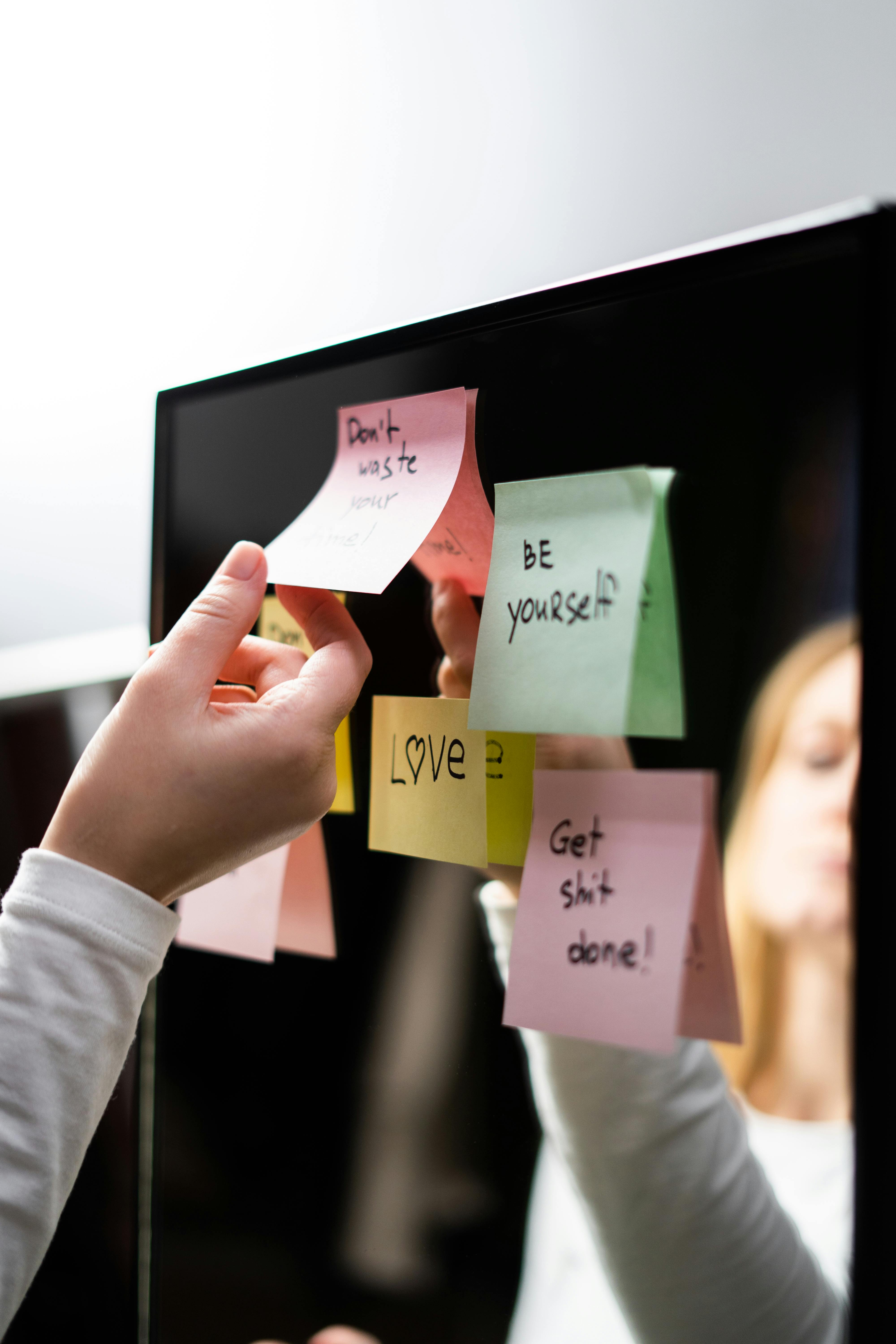Top Mindfulness Tips and Tricks for Daily Life
In a world filled with distractions, mindfulness has emerged as a powerful tool to regain focus, reduce stress, and enhance overall well-being. Whether you’re a beginner or seeking to deepen your practice, learning mindfulness tips and tricks can transform your daily experience. In this article, you’ll explore practical strategies, real-world applications, and expert insights to help you cultivate mindfulness effectively.

Understanding the Fundamentals
Mindfulness is the practice of being fully present and engaged in the moment, without judgment. It stems from ancient Buddhist traditions but has evolved into a secular technique widely adopted for mental health and wellness. Today, it is supported by science and embraced globally as a method for improving quality of life.
Understanding the basics of mindfulness helps build a solid foundation. By recognizing its roots and proven benefits, individuals are more likely to commit and see long-term gains. Think of mindfulness as mental training—just like going to the gym, but for your brain.
1.1 Awareness of the Present Moment
This principle emphasizes tuning into what you are experiencing right now—thoughts, emotions, sensations—without distraction or judgment. A 2019 study by Harvard researchers found that people spend 47% of their time thinking about something other than what they’re doing, highlighting the value of present-moment awareness.
Whether you’re eating, walking, or listening to someone speak, mindfulness invites you to immerse yourself in that moment. Many people confuse mindfulness with relaxation, but it’s more about awareness than calmness, though relaxation often follows.
1.2 Non-Judgmental Observation
Unlike traditional self-evaluation, mindfulness promotes observation without assigning value. You’re not labeling thoughts as good or bad—just noticing them. This approach differs from typical goal-oriented thinking and allows for a gentler mental space.
For example, instead of criticizing yourself for feeling anxious, you simply acknowledge the sensation. This creates emotional space and reduces reactivity. In therapy settings, such as Dialectical Behavior Therapy (DBT), this technique is central to emotional regulation.
Practical Implementation Guide
Applying mindfulness in daily life doesn’t require major lifestyle changes. Instead, it involves integrating small, consistent practices into your routine. Results vary but often include improved concentration, emotional stability, and better sleep within a few weeks.

2.1 Actionable Steps
- Begin with Breathing Exercises: Focus on your breath for 2-5 minutes each morning. Breathe in deeply through your nose and out through your mouth, noticing each inhale and exhale.
- Use Mindfulness Reminders: Set alarms or use sticky notes to bring awareness back to the moment. Apps like Insight Timer and Headspace can also support your routine.
- Track Your Progress: Keep a mindfulness journal. Note improvements in mood, focus, or physical sensations after each session. Review entries weekly for patterns.
2.2 Overcoming Challenges
It’s common to face obstacles in mindfulness practice. These include:
- Restlessness: Use body scans or walking meditations to reduce fidgeting.
- Time Constraints: Break practice into 3-minute sessions throughout the day.
- Emotional Discomfort: Accept emotions as temporary. If overwhelmed, shift to external focus (sounds, textures).
Watch for warning signs like growing frustration or zoning out. Expert tip: Be kind to yourself—every session is progress, even if it feels imperfect.
Advanced Applications
Once the basics are established, deeper techniques can elevate your practice. Advanced mindfulness is especially useful for high-stress environments or leadership roles. Transitioning to these methods requires consistency and a willingness to self-reflect more profoundly.

3.1 Body Scan Meditation
This technique involves mentally scanning your body from head to toe, noticing sensations without trying to change them. Case studies in clinical settings show reduced chronic pain and anxiety with regular use. Body scans are especially effective before sleep or after high-stress events.
3.2 Mindful Decision Making
Integrating mindfulness into decision-making can reduce impulsivity and bias. Techniques include pausing before responding and reflecting on motivations. This is increasingly used in corporate leadership and healthcare where high-stakes decisions are frequent.
Future Outlook
As mindfulness becomes more mainstream, technological integration is on the rise. Innovations like biofeedback wearables, AI-based apps, and immersive VR experiences are redefining how mindfulness is practiced. Mindful workplaces and schools are also gaining traction.
In the next 3-5 years, expect to see increased personalization in mindfulness apps, industry-specific adaptations, and deeper integration into healthcare protocols. To stay ahead, embrace hybrid tools and continue learning from emerging research.
Conclusion
Mindfulness isn’t a quick fix—it’s a lifelong tool. Three key takeaways include: the power of present-moment awareness, the simplicity of daily practices, and the value of emotional resilience. These mindfulness tips and tricks offer a pathway to deeper personal insight and balance.
Ready to take the next step? Start with five minutes of mindful breathing today. Explore guided practices or join a local class to strengthen your commitment and consistency.
Frequently Asked Questions
- Q: What is mindfulness in simple terms? Mindfulness means paying attention to the present moment without judgment. For example, focusing on your breathing during a walk is a mindful act.
- Q: How do I get started with mindfulness? Begin with small daily practices like mindful breathing or eating. Use a timer and keep sessions short to build the habit.
- Q: How much time does mindfulness take daily? Just 5–10 minutes a day can yield benefits. Results depend on consistency and individual lifestyle.
- Q: Is mindfulness expensive? Not at all. Many practices are free. Apps range from free versions to $10–$20 per month if you want structured programs.
- Q: How does mindfulness compare to meditation? Meditation is a formal practice, while mindfulness can happen anytime. Both complement each other but serve slightly different purposes.
- Q: Is mindfulness hard to learn? It’s simple but not always easy. The biggest challenge is staying consistent. No special skills are needed—just patience.
- Q: Can mindfulness help in the workplace? Absolutely. It reduces burnout, improves focus, and enhances communication. Try mindful check-ins before meetings or deep work sessions.
